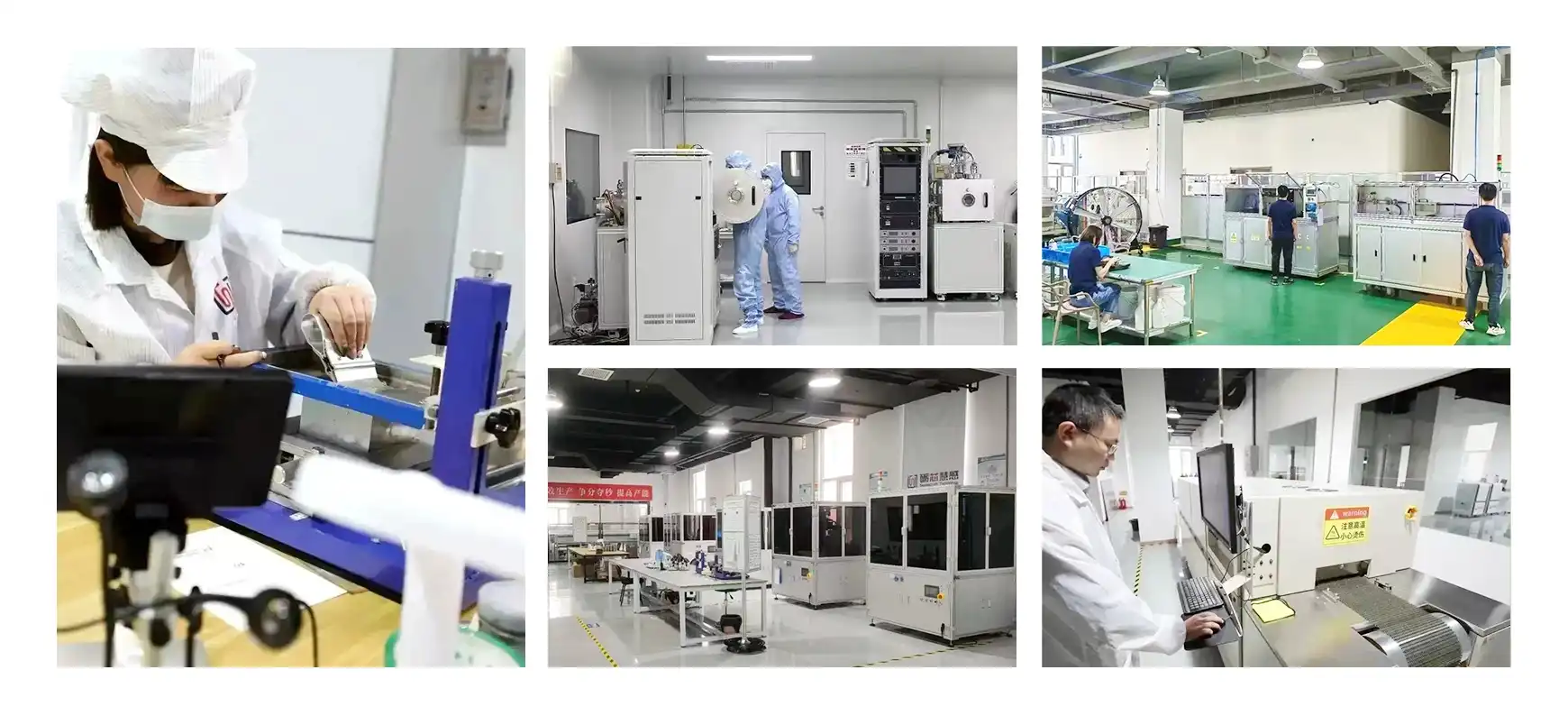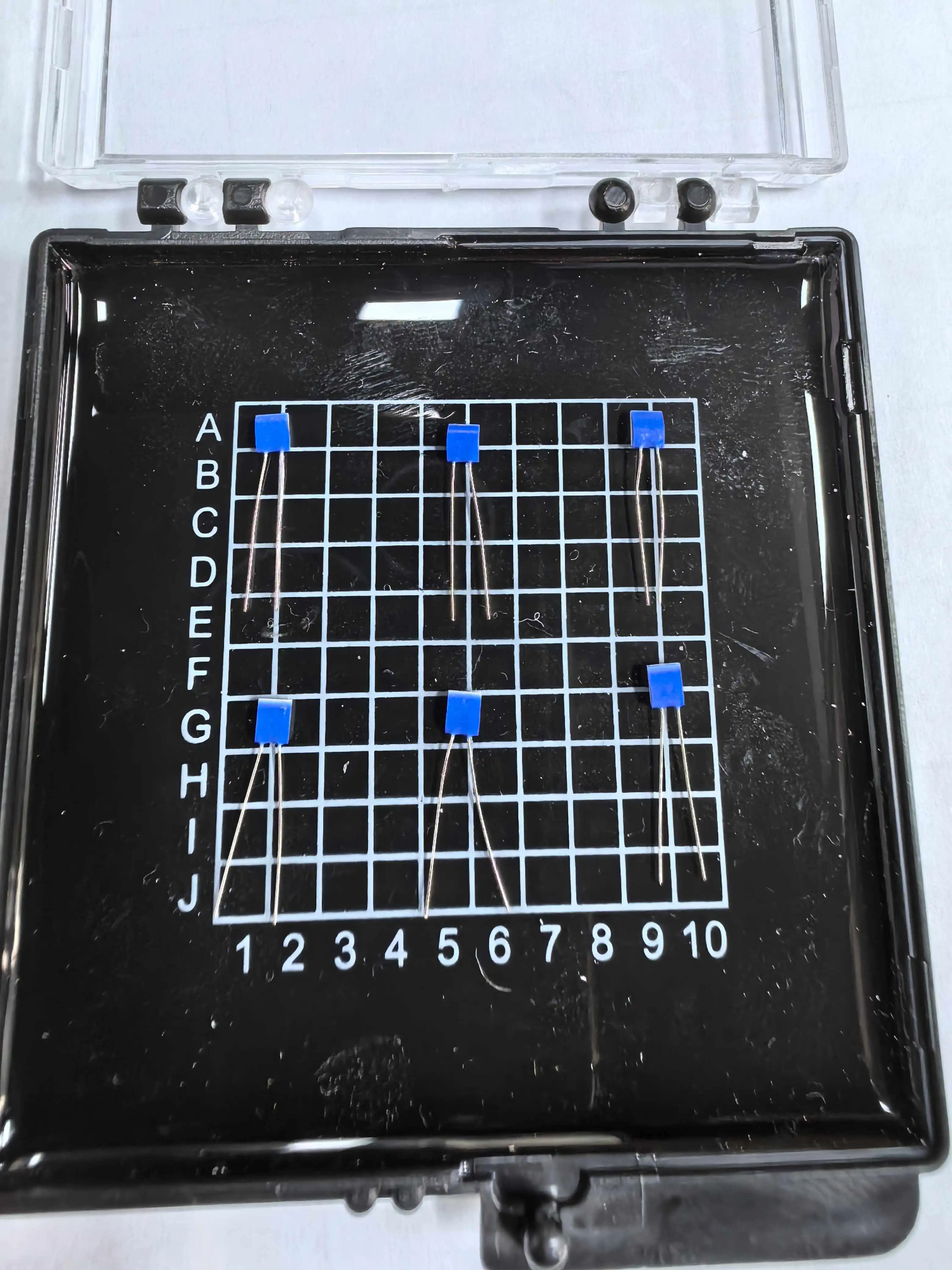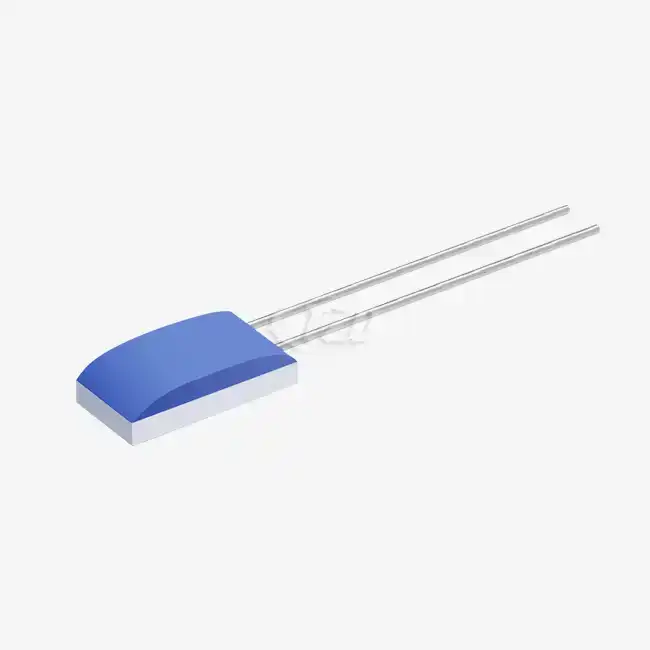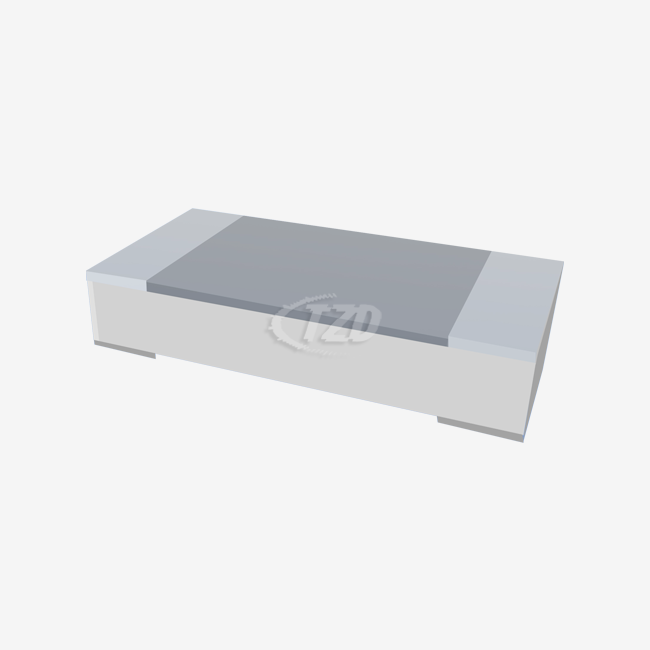Understanding the Fundamentals of Pt1000 Temperature Sensors
The Science Behind Platinum Resistance Thermometry
Pt1000 temperature sensors operate on the principle of platinum resistance thermometry, a well-established and highly accurate method for temperature measurement. The "Pt" in Pt1000 stands for platinum, while "1000" refers to the sensor's resistance of 1000 ohms at 0°C. This resistance changes predictably with temperature, allowing for precise temperature calculations.
The key to the Pt1000 sensor's accuracy lies in platinum's linear resistance-temperature relationship. With a temperature coefficient (TCR) of 3850 ppm/°C, these sensors exhibit a consistent and reliable change in resistance for every degree Celsius change in temperature. This linearity ensures accurate measurements across a broad temperature range, from cryogenic temperatures as low as -200°C to extreme heat up to 850°C.
Structural Characteristics and Design Innovations
Modern Pt1000 temperature sensors are marvels of miniaturization and durability. Manufacturers like Xi'an Tongzida Technology Co., Ltd. offer sensors with dimensions as compact as 2.0mm x 2.3mm x 1.0mm, allowing for integration into tight spaces within industrial equipment. These sensors typically feature platinum-nickel wire leads, with options for silver-palladium, pure platinum, or pure silver leads available for specific applications.
The sensor's construction is designed to withstand harsh industrial environments. With a lead tensile strength of ≥9 N and impressive vibration resistance of ≥40g acceleration across a frequency range of 10-2000 Hz, these sensors maintain their integrity under severe conditions. Furthermore, their shock resistance of ≥100g acceleration (for an 8 ms half-sine wave) ensures reliability even in high-impact scenarios.
Performance Metrics and Quality Assurance
Pt1000 sensors excel in several critical performance areas. Their insulation resistance is remarkably high, measuring 100 MΩ at 20°C and maintaining >2 MΩ even at 500°C. This high insulation resistance ensures accurate readings by preventing current leakage.
The sensors' long-term stability is another crucial feature, with a resistance drift of ≤±0.04% of R₀ (0°C reference) after 1000 hours at 500°C. This stability is vital for maintaining accuracy over extended periods in industrial settings where constant recalibration would be impractical.
Response time is another area where Pt1000 sensors shine. In water flow (V=0.4 m/s), they achieve a t₀.₅ of 0.05 s and a t₀.₉ of 0.15 s. Even in airflow (V=2 m/s), the response times are impressive at t₀.₅ = 3 s and t₀.₉ = 10 s. This rapid response enables real-time temperature monitoring and control in fast-paced industrial processes.
Integration of Pt1000 Sensors in Industrial Automation
Implementing Pt1000 Sensors in Control Systems
Integrating Pt1000 temperature sensors into industrial automation systems requires careful consideration of several factors. The sensor's small size and flexible lead options make it adaptable to various installation scenarios. When implementing these sensors, engineers must account for the operating current, typically between 0.1–0.3 mA, and consider the self-heating effect, which has a coefficient of 0.4°C/mW at 0°C.
The sensors' compatibility with standard industrial interfaces allows for seamless integration with programmable logic controllers (PLCs), distributed control systems (DCS), and supervisory control and data acquisition (SCADA) systems. This compatibility enables real-time temperature data to be incorporated into broader automation and control strategies.

Enhancing Process Control and Quality Assurance
Pt1000 sensors play a crucial role in enhancing process control and quality assurance in industrial settings. Their high accuracy and stability allow for precise temperature control in critical processes such as chemical reactions, heat treatment, and food processing. By maintaining optimal temperatures, these sensors help ensure consistent product quality and reduce waste due to temperature-related defects.
In quality assurance applications, the sensors' rapid response times enable quick detection of temperature anomalies, allowing for prompt corrective actions. This capability is particularly valuable in industries where temperature fluctuations can significantly impact product quality or safety, such as pharmaceuticals or semiconductor manufacturing.
Energy Efficiency and Cost Reduction
The precision of Pt1000 sensors contributes significantly to energy efficiency in industrial processes. By providing accurate temperature readings, these sensors enable tighter control of heating and cooling systems, reducing energy waste. In large-scale industrial operations, even small improvements in energy efficiency can translate to substantial cost savings over time.
Moreover, the long-term stability of Pt1000 sensors reduces the frequency of recalibration and replacement, lowering maintenance costs and minimizing production downtime. Their durability in harsh environments also contributes to cost reduction by extending the operational lifespan of temperature measurement systems in industrial settings.
Future Trends and Innovations in Pt1000 Sensor Technology
Advancements in Sensor Miniaturization and Performance
The future of Pt1000 sensor technology is likely to see further advancements in miniaturization and performance enhancement. Researchers and manufacturers are exploring ways to reduce sensor sizes even further while maintaining or improving accuracy and response times. These developments could lead to Pt1000 sensors being integrated into increasingly compact and complex industrial systems.
Innovations in materials science may yield new platinum alloys or coating technologies that enhance the sensors' performance characteristics. For instance, improvements in the temperature coefficient or extended temperature ranges could broaden the application scope of Pt1000 sensors in extreme environment industries.
Integration with IoT and Industry 4.0
As Industry 4.0 and the Internet of Things (IoT) continue to transform industrial landscapes, Pt1000 Temperature Sensor devices are poised to play a pivotal role. Future developments may include integrated wireless communication capabilities, allowing these sensors to become nodes in expansive IoT networks. This integration could enable more comprehensive and granular temperature monitoring across entire industrial complexes.
The combination of Pt1000 sensors with advanced data analytics and machine learning algorithms could lead to predictive maintenance systems that anticipate equipment failures based on temperature patterns. Such innovations could significantly reduce downtime and maintenance costs in industrial operations.
Emerging Applications in New Industries
While Pt1000 sensors are already widely used in traditional industrial sectors, emerging industries present new opportunities for application. In renewable energy, these sensors could enhance the efficiency of solar thermal systems or optimize the performance of fuel cells. In the burgeoning field of lab-grown meat production, precise temperature control facilitated by Pt1000 sensors could be crucial for replicating ideal growth conditions.
The aerospace and defense sectors may also see increased adoption of Pt1000 sensors, particularly in applications requiring extreme temperature monitoring in harsh environments. As space exploration advances, these sensors could find new uses in spacecraft thermal management systems or in equipment designed for extraterrestrial environments.

Conclusion
Pt1000 temperature sensors have proven to be invaluable components in enhancing industrial automation systems. Their precision, reliability, and versatility make them ideal for a wide range of applications across various industries. As technology continues to advance, we can expect to see even more innovative uses and improvements in Pt1000 sensor technology, further solidifying their role in industrial automation and beyond.
For more information about our advanced Pt1000 temperature sensors and how they can benefit your industrial automation systems, please contact us at sales11@xatzd.com. Our team of experts is ready to assist you in finding the perfect temperature sensing solution for your specific needs.




